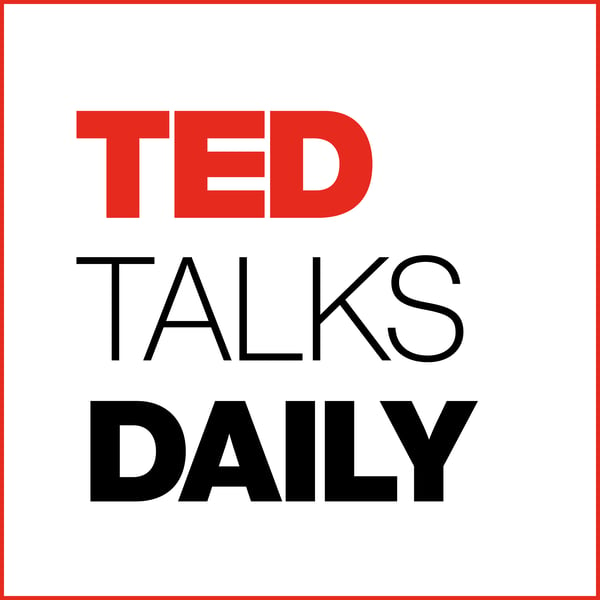The false link between body ideals and health | Nancy N. Chen
TED Talks Daily
TED
4.1 • 11.9K Ratings
🗓️ 14 September 2021
⏱️ 10 minutes
🧾️ Download transcript
Summary
Hosted on Acast. See acast.com/privacy for more information.
Transcript
Click on a timestamp to play from that location
| 0:00.0 | You're listening to TED Talks Daily. I'm Elise Hu. |
| 0:07.5 | Nancy Chen is a medical anthropologist. She has studied body ideals going back millennia. |
| 0:13.4 | And she found not just that thinness as a body ideal is relatively new, but that even linking our outer appearance to our worth is just a cultural norm, |
| 0:23.3 | which means it can be changed. She unpacked this in her talk from a TED salon in 2021. |
| 0:32.0 | Hello and welcome. As visual beings, we rely on images to perceive the world and make meaning. |
| 0:39.5 | Imagine, I ask you to draw a human body. |
| 0:42.8 | How would you depict this body? |
| 0:45.3 | Body ideals reflect social meanings about how we dwell in spaces, both physical and cultural. |
| 0:51.8 | We often interpret bodies with categories of gender, race, ethnicity, |
| 0:57.9 | class, and belonging, or not through modifications such as hair, skin, clothing. As a medical |
| 1:05.7 | anthropologist, I studied cultural concepts about bodies and how these shape both being in the world and health. |
| 1:13.2 | Curvy bodies have been around for millennia. The limestone figurine, known as the Venus of Willendorf, |
| 1:19.8 | is considered to reflect two values that were ranked high in the past, reproduction and abundance. |
| 1:26.8 | Fertility figures with voluptuous curves suggest that body ideals for |
| 1:31.5 | females have focused on full-figured, curvy bodies, especially in aquarium societies. |
| 1:38.4 | Low waist to hip ratios or hourglass figures have long been considered to be more attractive from evolutionary perspective |
| 1:46.2 | in terms of the ability for childbearing. Then something changed. In the past century, body ideals |
| 1:54.0 | shifted significantly when Western societies increasingly featured thin-bodied female models in mainstream medium. |
| 2:03.6 | The Western body ideal in the 1960s was Marilyn Monroe. By the 1970s, magazines featured twigging. |
| 2:12.6 | That's a huge shift, and such body ideals continued shrinking. Throughout the 1980s and 90s, the gap between |
| 2:21.1 | the average size of regular women and the size of models continue to grow. This gap between |
| 2:28.3 | actual and ideal can impact self-image. Over the past three decades, thinness has come to be associated with dominant portrayals of prestige |
... |
Please login to see the full transcript.
Disclaimer: The podcast and artwork embedded on this page are from TED, and are the property of its owner and not affiliated with or endorsed by Tapesearch.
Generated transcripts are the property of TED and are distributed freely under the Fair Use doctrine. Transcripts generated by Tapesearch are not guaranteed to be accurate.
Copyright © Tapesearch 2025.

